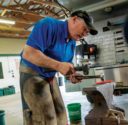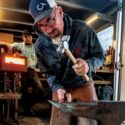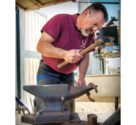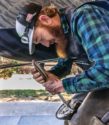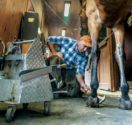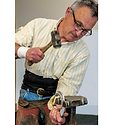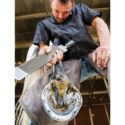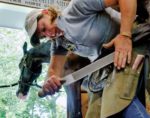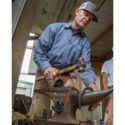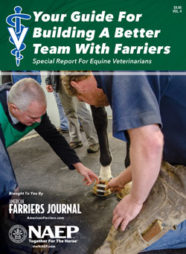Advertise Follow Us
Shoeing for a Living
Shoeing For A Living
Dick Becker shares insight on managing the feet of top level sport horses
Read More
Shoeing for a Living
A Deliberate Approach with Every Horse
Texas farrier Tommy Boudreau combines enthusiasm and skill to help cutting horses stay in competition
Read More
Shoeing For A Living
Arizona Farrier Rises to Dry-Heat Hoof-Care Challenges
A sharp knife and a sharper mind are among the tools used by Shaun Woodsum in his farriers business
Read More
Shoeing for a Living
Shoeing Sport Horses with Ty Garner
Shoeing top performance horses requires creative solutions and pursuing solid basics
Read More
Shoeing for a Living
Shoeing Hunters and Jumpers before a Show
New York farrier Justin Galli says going with the flow is crucial when show schedules have been disrupted by COVID-19
Read More
Upper Body Straightness is Key to Jumper Success
Wisconsin farrier relies on rockers and a two-plane approach to trim
Read More
Maryland Farrier Remains Successful by Adapting His Practice
First Shoeing for a Living subject details keys for longevity in the face of uncertainty
Read More
Shoeing For A Living
Building Upon a Foundation of Sound Farriery
C-Cross Farriers advocate for the horse and each other for a successful multi-farrier practice
Read More
Shoeing For A Living
Shoeing Mackinac Island’s Horses with Limited Resources
Michigan farrier Jennifer Horn applies sound principles to maintain driving and trail riding mounts
Read More
Shoeing For A Living
Training the Next Generation of West Texas Farriers
Blane Chapman and his brothers emphasize education and fundamentals in their hoof-care practices
Read More

